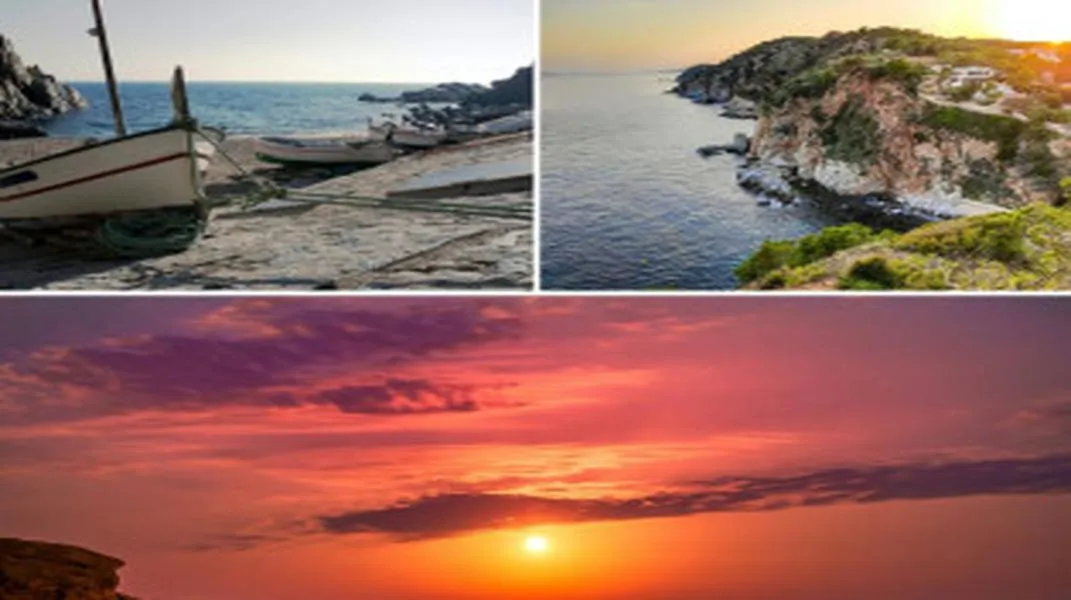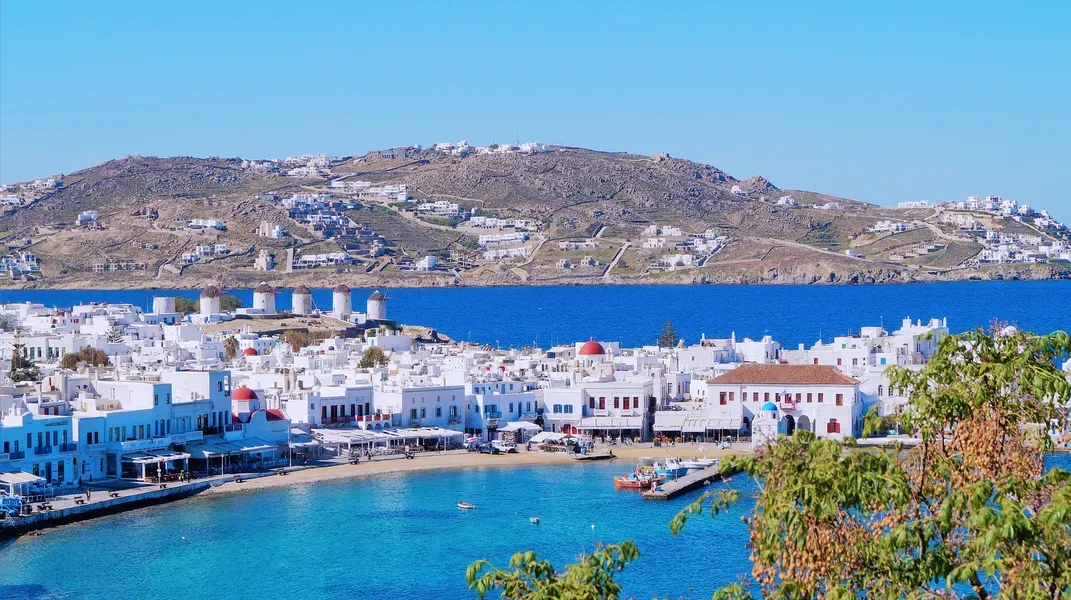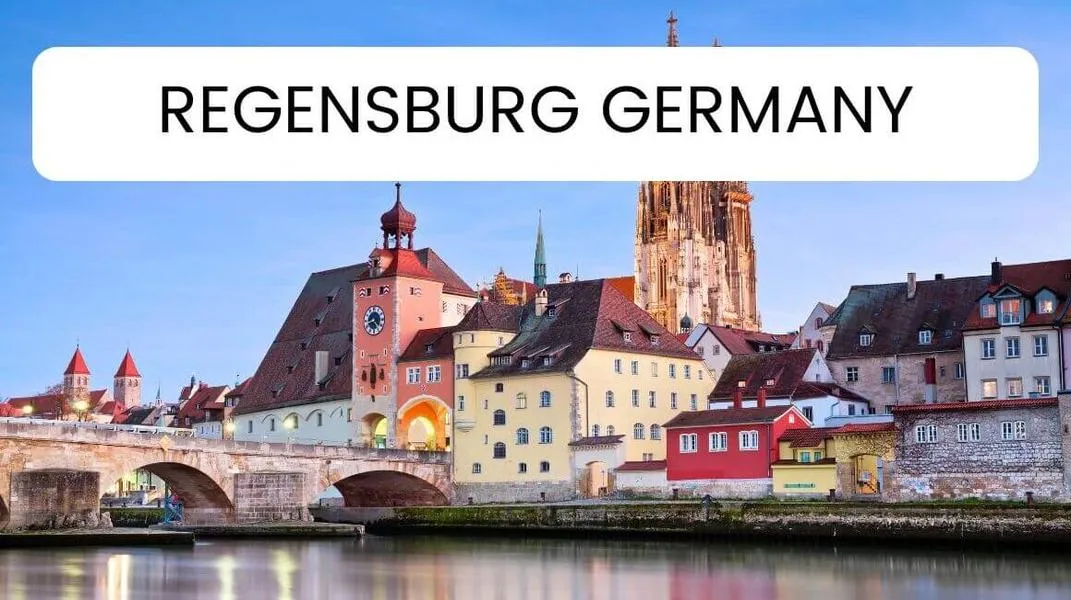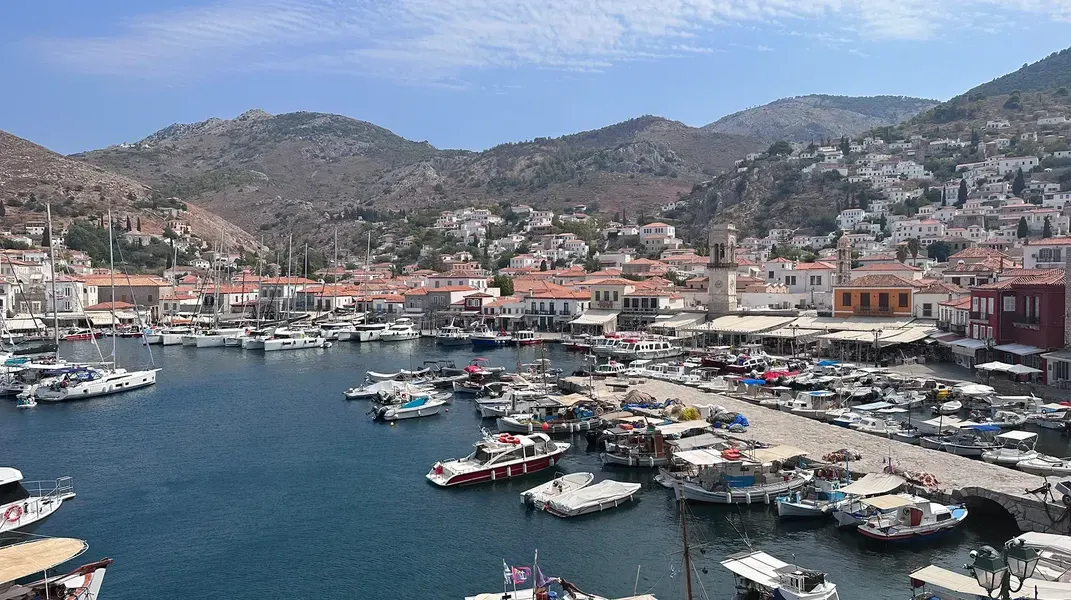Exploring Costa Brava: A Mediterranean Gem
Costa Brava, the rugged coastline of northeastern Spain, is a mesmerizing blend of natural beauty, cultural heritage, and vibrant local life. Stretching from the French border to the town of Blanes, this coastal paradise is renowned for its dramatic cliffs, secluded beaches, quaint fishing villages, and rich history. Whether you're seeking adventure, relaxation, or a taste of authentic Spanish culture, Costa Brava offers something for everyone. This article will delve into the attractions that make Costa Brava a must-visit destination while also providing essential information on how to prepare for your journey.

A Brief Overview of Costa Brava
The name "Costa Brava" translates to "Wild Coast," a fitting title for a region characterized by its stunning landscapes, rugged cliffs, and crystal-clear waters of the Mediterranean Sea. The area is not only known for its natural beauty but also for its rich history, featuring ancient ruins, medieval towns, and modern artistic influences, particularly from the famous surrealist painter Salvador Dalí.
Costa Brava encompasses several provinces, including Girona and Catalonia, and is dotted with charming towns like Tossa de Mar, Cadaqués, and Calella de Palafrugell. Each of these towns boasts its own unique charm and attractions, making them worthwhile stops on your journey.
Attractions of Costa Brava
1. Beaches and Coves
Costa Brava is famous for its stunning beaches, which range from bustling tourist hotspots to secluded, hidden coves.
- Platja de Aigua Xelida: Located near Tamariu, this beach is renowned for its soft sand and clear waters. Surrounded by cliffs and pine trees, it offers a tranquil escape from the crowds.
- Cala Montjoi: This picturesque cove was once home to the famous El Bulli restaurant, known for its avant-garde cuisine. Today, it remains a beautiful spot to swim and relax, with its crystal-clear waters and stunning landscape.
- Platja de Tossa de Mar: A well-known beach located in the town of Tossa de Mar, this beach offers a vibrant atmosphere with numerous restaurants and bars lining the promenade.
2. Historical Sites
Costa Brava is steeped in history, with numerous sites that reflect its rich past.
- Castell de Tossa de Mar: Overlooking the town, this medieval castle dates back to the 12th century. Visitors can explore its ancient walls and enjoy panoramic views of the coastline.
- The Roman ruins of Empúries: Located near the town of L’Escala, these ruins provide a glimpse into the region's Roman past. The site features well-preserved remnants of an ancient city, including a forum, a theater, and beautiful mosaics.
- The Salvador Dalí Theatre-Museum: Situated in Figueres, this museum is dedicated to the works of Salvador Dalí, one of Spain’s most famous artists. The museum itself is a surreal artwork and features a vast collection of Dalí’s paintings, sculptures, and installations.
3. Nature and Outdoor Activities
For those who love the great outdoors, Costa Brava offers a plethora of activities.
- Cap de Creus Natural Park: This stunning natural park is characterized by its dramatic landscapes, rugged cliffs, and unique rock formations. Hiking trails wind through the park, providing opportunities to witness the diverse flora and fauna that thrive in this protected area.
- Cycling and Hiking: Costa Brava boasts numerous trails for cyclists and hikers, offering breathtaking views of the coastline. The GR-92 trail is particularly popular, running along the coast from the French border to the town of Blanes.
- Water Sports: The region’s clear waters are perfect for a variety of water sports, including kayaking, snorkeling, and diving. Many local companies offer equipment rentals and guided tours to explore the underwater beauty of Costa Brava.
Culinary Delights
No visit to Costa Brava would be complete without indulging in its culinary offerings. The region is known for its fresh seafood, local wines, and hearty Catalan dishes.
- Seafood Paella: This iconic dish, made with rice, saffron, and a variety of fresh seafood, is a must-try. Many beachfront restaurants serve their own versions, often accompanied by a glass of local white wine.
- Escudella i Carn d'Olla: A traditional Catalan stew made with various meats and vegetables, this hearty dish is perfect for those looking to experience authentic local cuisine.
- Crema Catalana: For dessert, don’t miss out on this delicious custard dessert, similar to crème brûlée, with a caramelized sugar topping.
Preparing for Your Visit to Costa Brava
Planning a trip to Costa Brava requires some preparation to ensure you make the most of your experience. Here are some essential materials and tips to keep in mind:
1. Travel Documents
Ensure you have all necessary travel documents, including:
- Passport: Ensure your passport is valid for at least six months beyond your planned departure date.
- Travel Insurance: Consider purchasing travel insurance to cover any unforeseen circumstances, such as trip cancellations or medical emergencies.
- Driving License: If you plan to rent a car, make sure you have a valid driving license and check if you need an International Driving Permit.
2. Packing Essentials
When packing for your trip to Costa Brava, consider the following essentials:
- Clothing: The region enjoys a Mediterranean climate, with hot summers and mild winters. Pack light, breathable clothing for summer, and warmer layers for the cooler months.
- Beach Gear: Don’t forget your swimsuit, beach towel, sunglasses, and sunscreen to protect yourself from the sun while enjoying the beautiful beaches.
- Hiking Gear: If you plan to hike, pack sturdy shoes, a water bottle, and a small backpack for day trips.
- Camera: Costa Brava is incredibly picturesque, so bring a camera or smartphone to capture the stunning landscapes and vibrant local life.
3. Transportation
Getting around Costa Brava can be done by various means:
- Car Rental: Renting a car is one of the best ways to explore the region, allowing you to visit hidden coves and charming towns at your own pace.
- Public Transport: The region is also served by buses and trains, making it accessible for those who prefer not to drive.
- Bicycles: Many towns offer bicycle rentals, providing a fun and eco-friendly way to explore the area.
4. Local Etiquette and Language
While Spanish is the official language, Catalan is widely spoken in Costa Brava. Learning a few basic phrases can enhance your experience and show respect for the local culture. Be mindful of local customs, such as greeting with a friendly “Hola” and saying “Gràcies” (Thank you) when interacting with locals.
Conclusion
Costa Brava is a captivating destination that offers an array of experiences, from sun-soaked beaches and historical sites to breathtaking natural landscapes and culinary delights. Whether you're traveling solo, with friends, or as a family, this Mediterranean gem has something to offer everyone. With proper planning and preparation, your trip to Costa Brava will undoubtedly become an unforgettable adventure, filled with memories of its stunning scenery and rich cultural heritage. So pack your bags, embrace the spirit of exploration, and get ready to discover the magic of Costa Brava!




